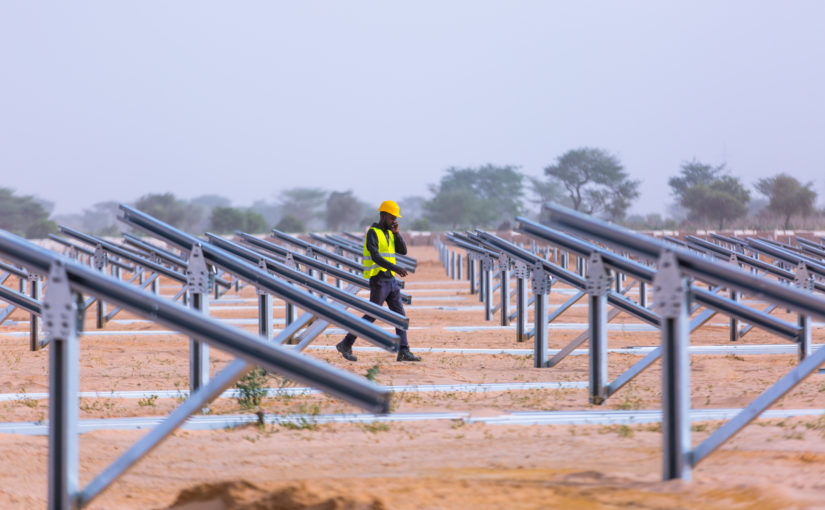In January 2019, California power utility PG&E filed for bankruptcy, the first ever large infrastructure corporate default directly linked to Climate change: this was a clear wake-up call to investors (Insurers are already well aware of it) makes a clear point that climate adaptation risks are materializing here and now: we’re no longer talking about some future scenario, but a very present development.
Late February 2019, LTIIA held a thematic breakfast in New York with some of its US-based members Infrastructure on the Challenges of Delivering Sustainable infrastructure.
Infrastructure and ESG (Environmental, Social and Governance) dimensions should be natural bedfellows: after all, infra is about providing essential daily-uses services for the community, underpinning the whole economic and social development. And indeed, ESG has recently grown considerably in importance for the investor community – in particular for the Environmental aspect, in the context of global calls for reducing carbon footprint, and promoting climate-change resilience.
For long term investors in infrastructure, like LTIIA members, there are even more reasons to be serious about ESG, and more broadly sustainable development issues. Probability of a downside ESG event that can trigger financial liabilities – from environmental pollution to a governance malpractice – grows with a longer hold: hence implementation of ESG prevention and mitigation measures becomes much more important for sustaining financial performance of the investment.
Failure to adequately address environmental concerns, whether drought-related wildfires or carbon emissions, can not only trigger financial losses, but can result in serious environmental damage and human costs, not to mention reputational risk (think about hiring millennials!).
Yet, notwithstanding the broad recognition, still relatively few investors understand what it takes in practice to invest in infrastructure responsibly. Climate-change adaptation is a good case in point. You have to first be able to measure, in order to manage. It’s not just enough to tick boxes, and have an overall good synthetic assessment when it comes to ESG (PG&E was rated rather favourably in that respect, due to is obligation under the California law to promote renewable energy in its mix): a more granular approach is needed, and one that does not rely exclusively on third-party data providers.
The risks for investors aren’t just financial, as for instance with the likely effect on a portfolio’s performance of increased fuel prices and stricter regulation carbon pricing. A second concern is the significant reputational risk associated with carbon-heavy projects, which might deter responsible and ethical investors from otherwise valuable projects.
This is where infra investors, and external stakeholders, can usefully refer to existing guidance or on-going work by LTIIA and its members. Let me just mention a few:
- GRESB- a member of LTIIA Action circle has come up with its “infrastructure asset assessment”, offering quality ESG data and advanced analytical tools to benchmark ESG performance, identify areas for improvement and engage with investors )
- Guggenheim Partners, another LTIIA member just came up (together with Stanford U. Global projects centre and the WWF) with a comprehensive view of the “State of the Practice”, referencing the various project-screening tools and accounting /reporting systems available on the market-place and identifying the corresponding challenges.
- Many others ( actually the majority of the infrastructure investors members of LTIIA), starting with LTIIA founder Meridiam, have also adopted in-house sets of rules and processes designed to help them ensure they stick to a sustainable development approach and /or support the Paris accord’s 2 degrees Infrastructure challenge.
- LTIIA on its side produced a regularly updated ESG Handbook for Long term investors in Infrastructure.
So, checking the ESG dimension is no longer an option for investors, bankers and regulators alike when it comes to infrastructure investment: it is now a key part of the due diligence process required. For many investors an internal approach has been -or is being- developed, mixing and matching different dimensions at the project and portfolio levels. But can be confusing and resource-consuming: while a fully standardized approach appears far-fetched, there’s a need for a more coordinated, unified framework at multilateral/international level, as Investors operate on global scale.
This is where LTIIA will continue to push this agenda. Please let us know how you see the needs, so as to allow us to get a better view of the market/your expectations and contribute to push forward on the priorities identified.
